How do Canon’s new RF mount lenses perform for infrared photography? We’ve already raved about what great cameras the EOS R and EOS RP are for a full-spectrum photography setup, but the RF mount lenses have been the subject of some controversy. Luckily, we had he chance to give a a decent selection of Canon RF glass a proper hot spot test! Let’s see how they do. We’ll start with some primes.
RF Prime Lens Infrared Hotspot Test
RF35mm F1.8 MACRO IS STM
The 35 Macro looks pretty solid! Only a mild hotspot starting to truly take shape at F/11. While not ideal, this lens is definitely serviceable for IR photography.
RF50mm F1.2 L USM
The 50mm 1.2 fares a little worse with the hotspot starting to take shape at f/4 and becoming a problem at f/8. But, if you planned to use this lens mostly wide open or close to it (and how could you not with a maximum aperture of f/1.2), then you’ll have no issues. If deep focus is your thing, then you may want to look elsewhere for your fast 50mm.
RF85mm F1.2 L USM
Another incredibly fast piece of RF L glass, the 85mm 1.2 does better than the 50mm with the hotspot still just barely perceptible up to f/8. This lens will be an amazing choice for Infrared portraits and anything else with a shallow depth of field. Now, onto the zooms.
RF Zoom Lens Infrared Hotspot Test
RF15-35mm F2.8 L IS USM
(At 15mm)
(At 35mm)
The 15-35 unfortunately does pretty poorly. Very visible hotspot starts at f/5.6 and blooms into a hard point of light which gets worse the further you zoom in.
RF24-70mm F2.8 L IS USM
(At 24mm)
(At 70mm)
The 24-70, a go-to all-arounder lens, does slightly better than the 15-35, but this hot spot will be a nuisance to many infrared photographers.
RF70-200mm F2.8 L IS USM
(at 70mm)
(At 200mm)
The medium range telephoto is a huge win for the RF lineup! A feint hotspot starts at f/11 at 70mm, but it completely disappears when zoomed all the way in at 200mm and doesn’t even start to come back until f/22. This lens is excellent for some medium range infrared telephoto shooting.
RF24-105mm F4 L IS USM
(At 24mm)
( At 105mm)
The 24-105 also has a lot of trouble at its widest focal length, with at bright hot spot beginning at f/8. Thing improve significantly at 105mm, but the poor performance at wide angles hurts a lens in this category.
RF24-240mm F4-6.3 IS USM
(At 24mm)
(At 100mm)
(At 240mm)
The RF Superzoom 24-240 surprisingly does better! The same hotspot does appear at 24mm, but it is less intense and fades away almost completely as you zoom out gradually to 240mm! This lens will produce plenty of clean IR shots as you run and gun with such a huge focal range, just don’t expect the best when it comes to deep focus landscape shots.
RF28-70mm F2 L USM
(At 28mm)
(At 70mm)
The RF 28-70 L is definitely a disappointment. The hotspot only starts after f/4 and does fade slightly when zoomed out to 70mm, but this intense of a hotspot is not ideal for a lens that is supposed to be especially versatile.
Conclusion
We have some hits, some misses, and some maybe-depending-on-your-shooting-style situations here. Here’s a summary list of how we’d classify these lenses on our Hotspot Database, which you can view here! You may be better off sticking to your old EF mount and use the EF-RF autofocus adapter when it comes to shooting full-spectrum and infrared with the EOS R system. More on that in our next article!
Good Infrared Performers | Poor Infrared Performers |
|---|---|
RF 35mm f/1.8 Macro IS STM | RF 50mm f/1.2 L USM (hotspots start at f/4-5.6) |
RF 85mm f/1.2 L USM | RF 15-35mm f/2.8 L IS USM |
RF 70-200mm f/2.8 L IS USM (hotspots start at f/8-11, worst at 70mm) | RF 24-70mm f/2.8 L IS USM |
RF 24-240mm f/4-6.3 IS USM (hotspots start at f/8-11, worst at 24mm) | RF 24-105mm f/4 L IS USM |
RF 28-70mm f/2 L USM |
Do you have experience shooting these lenses in infrared and full-spectrum? Let us know in the comments!
















































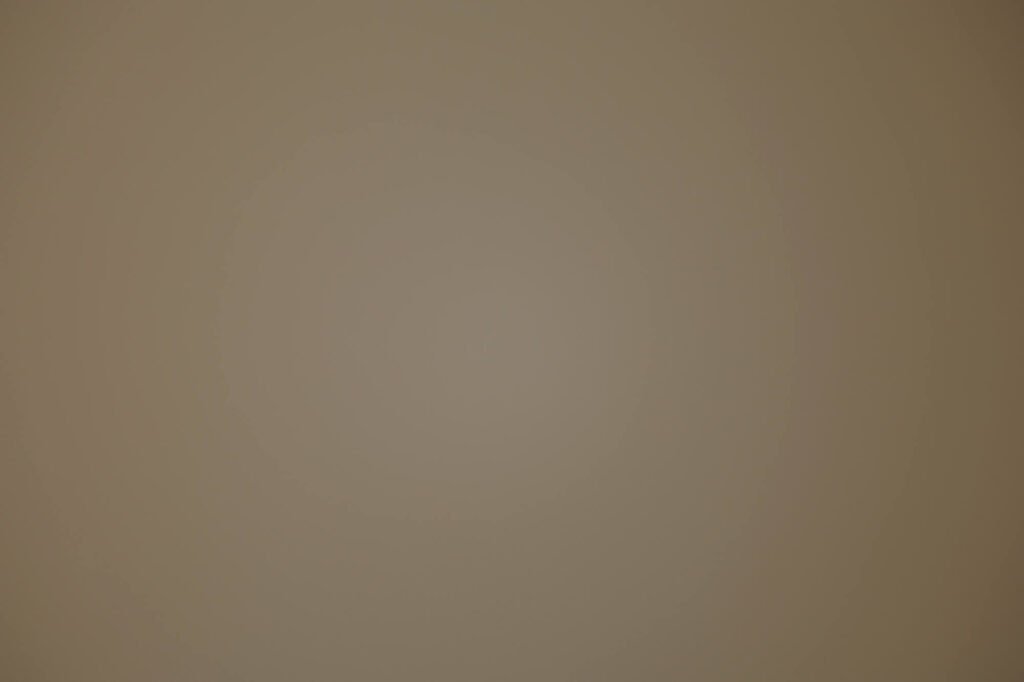
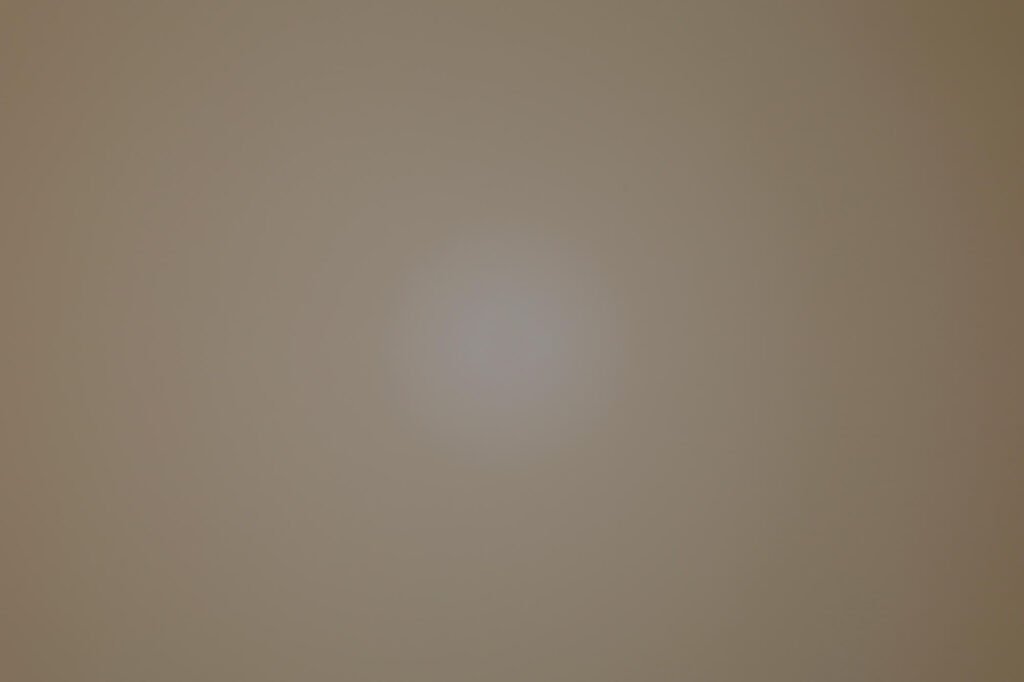

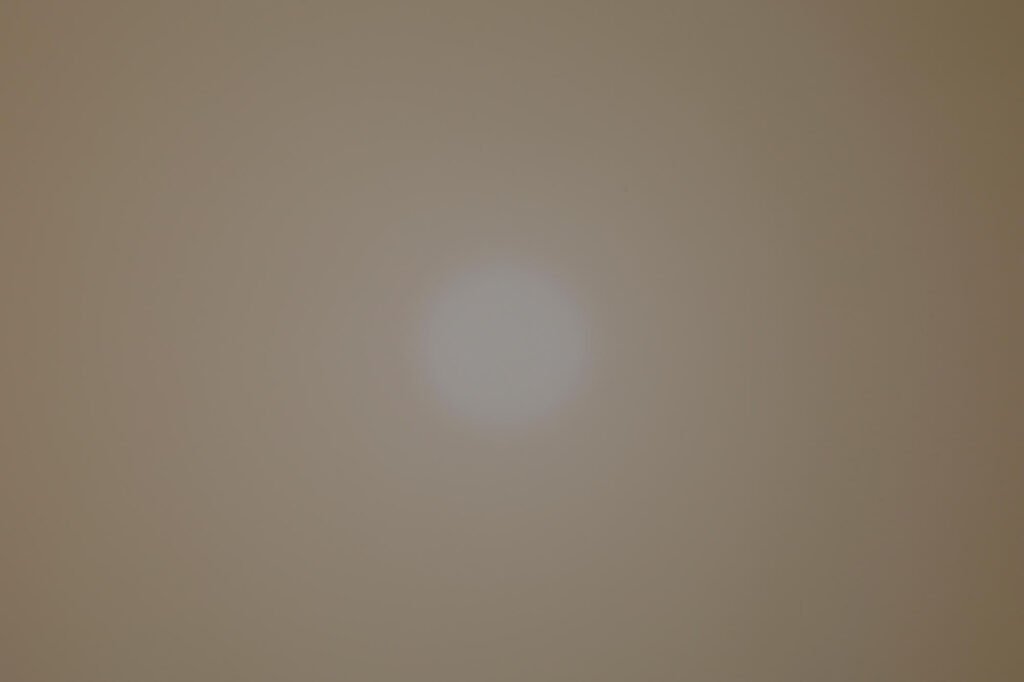


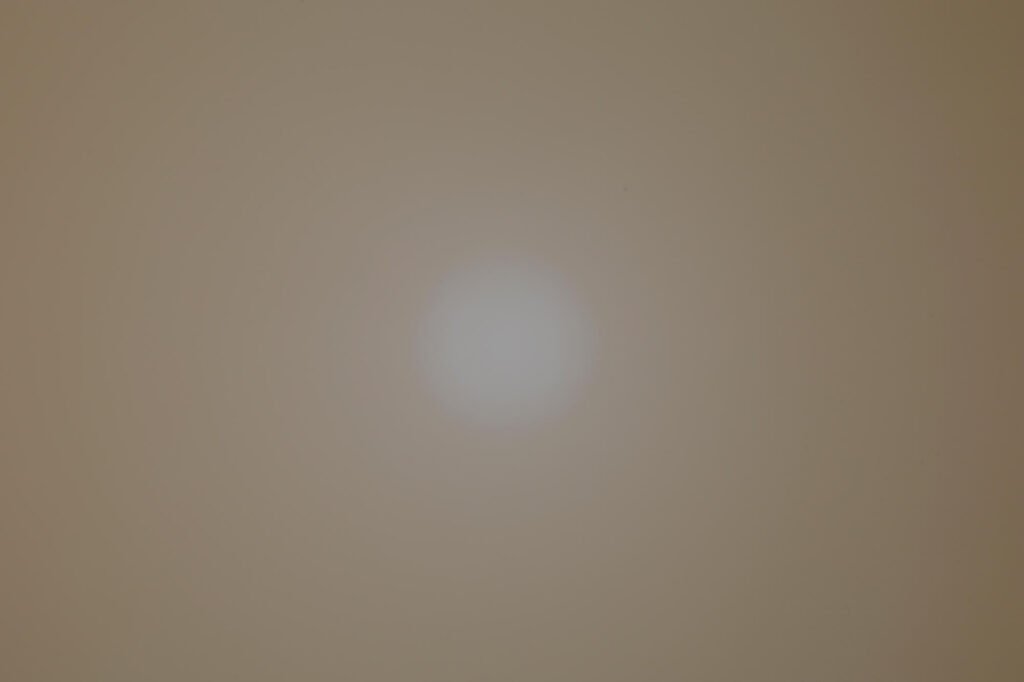

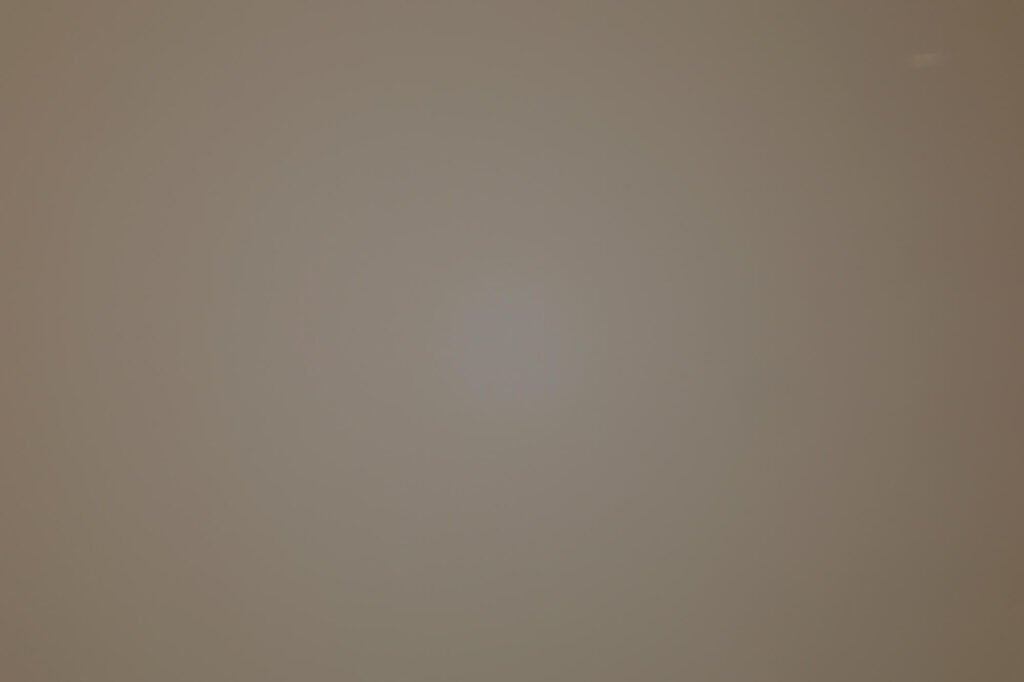
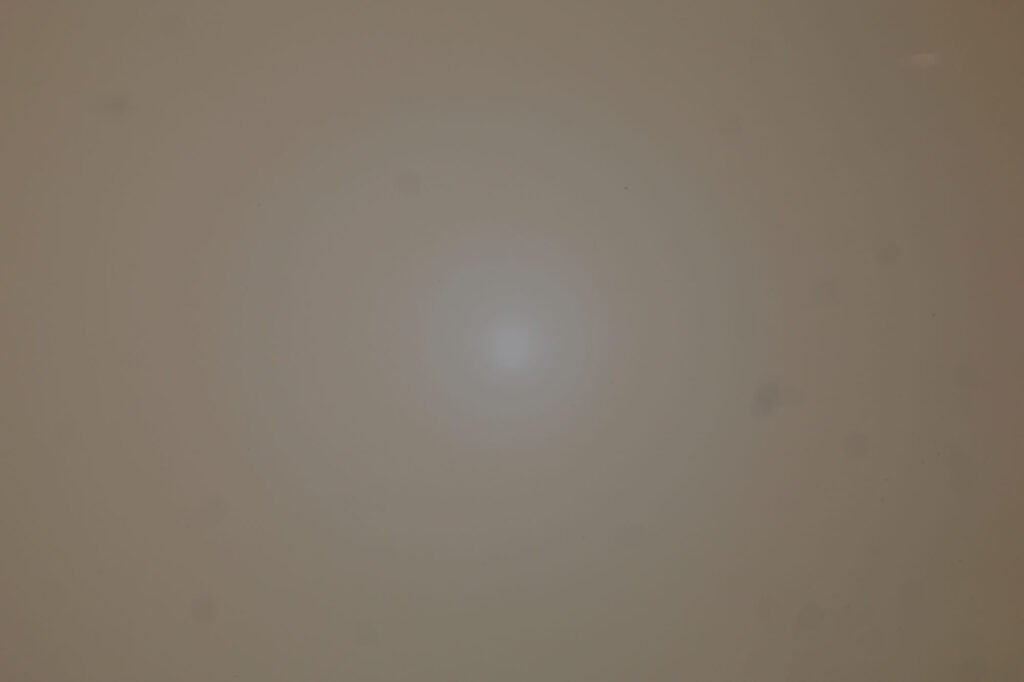


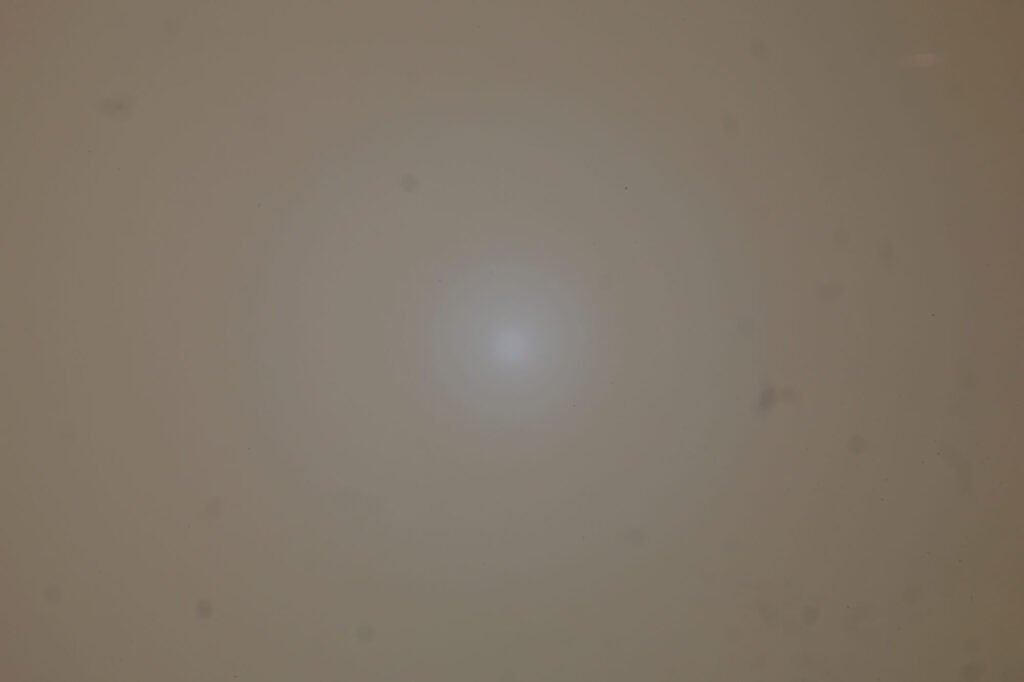


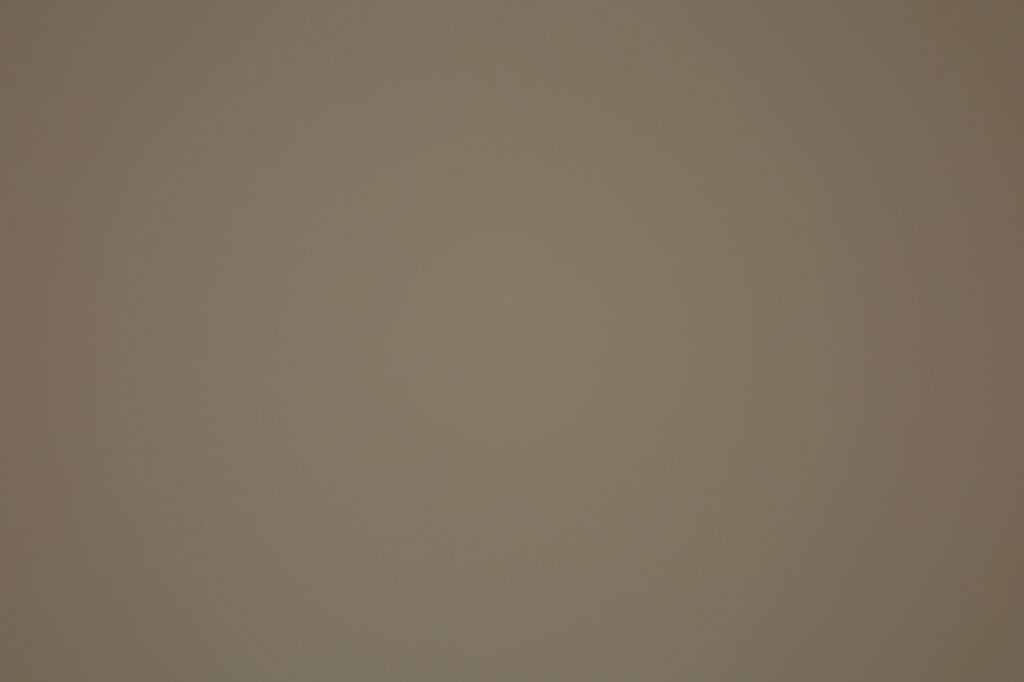


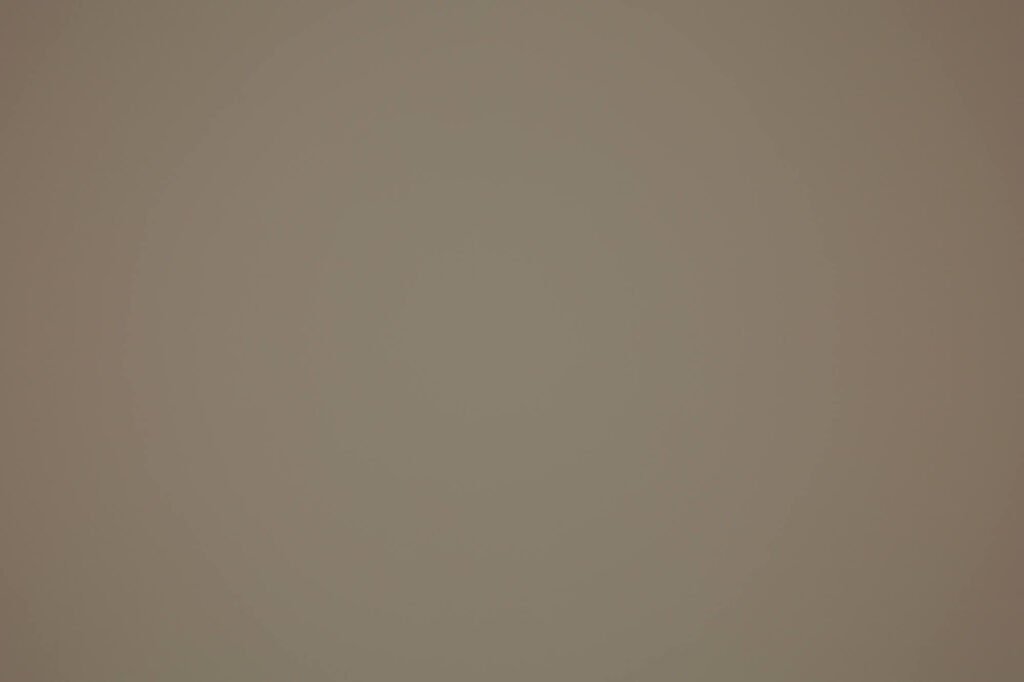

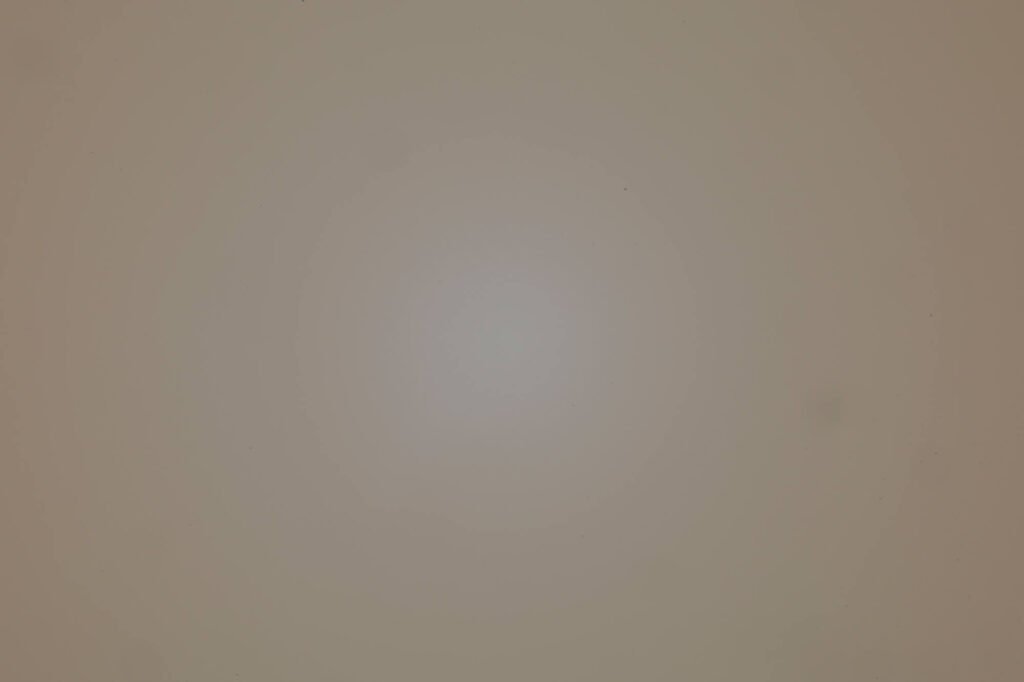

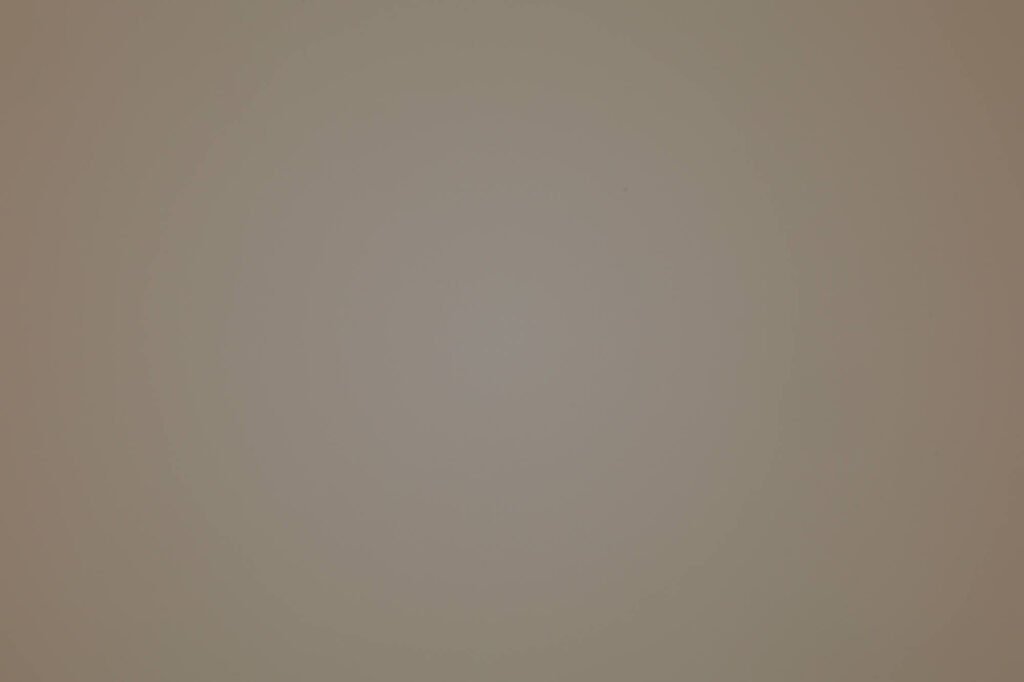

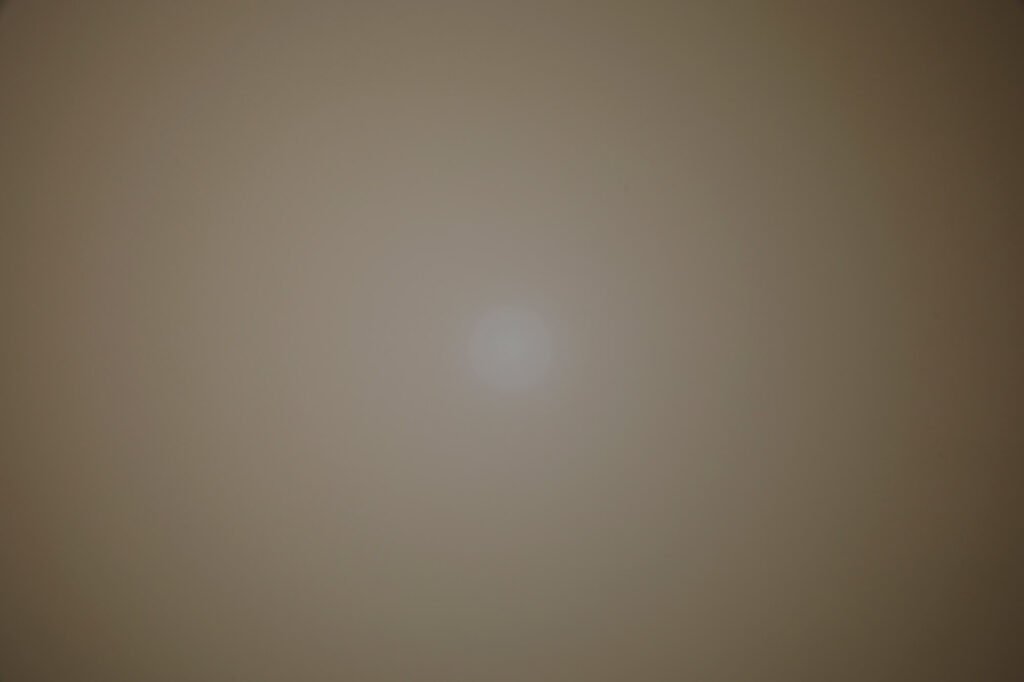



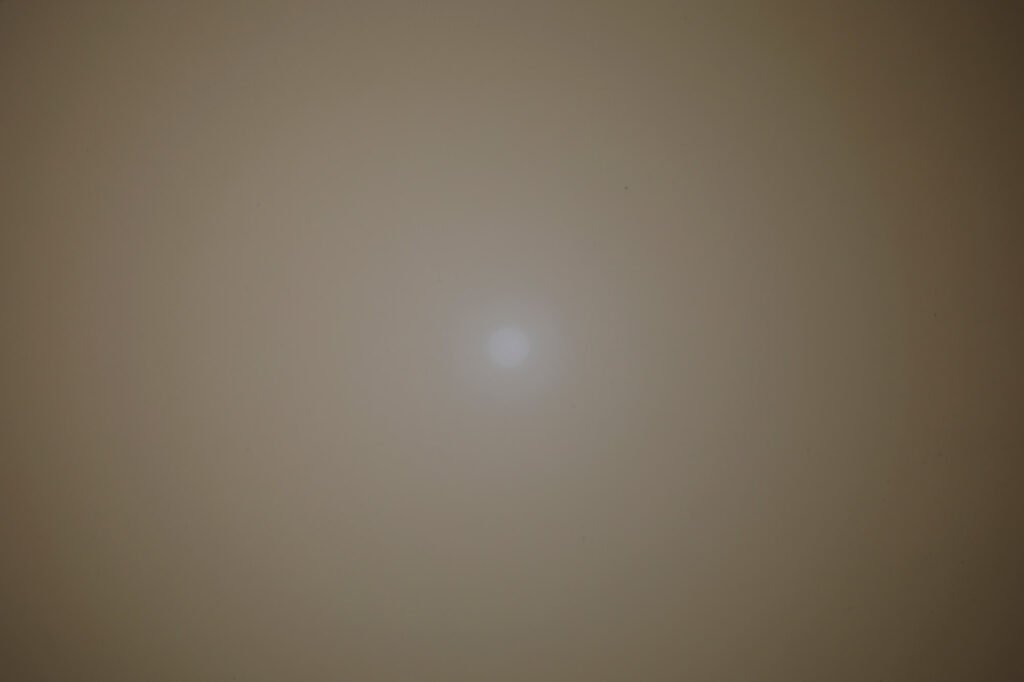
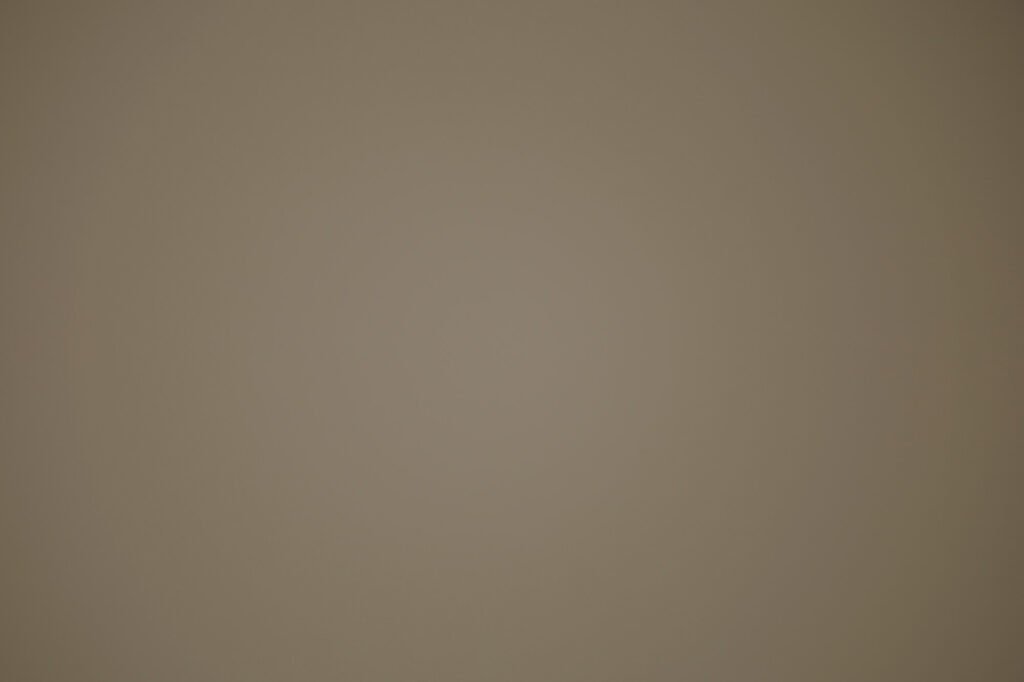
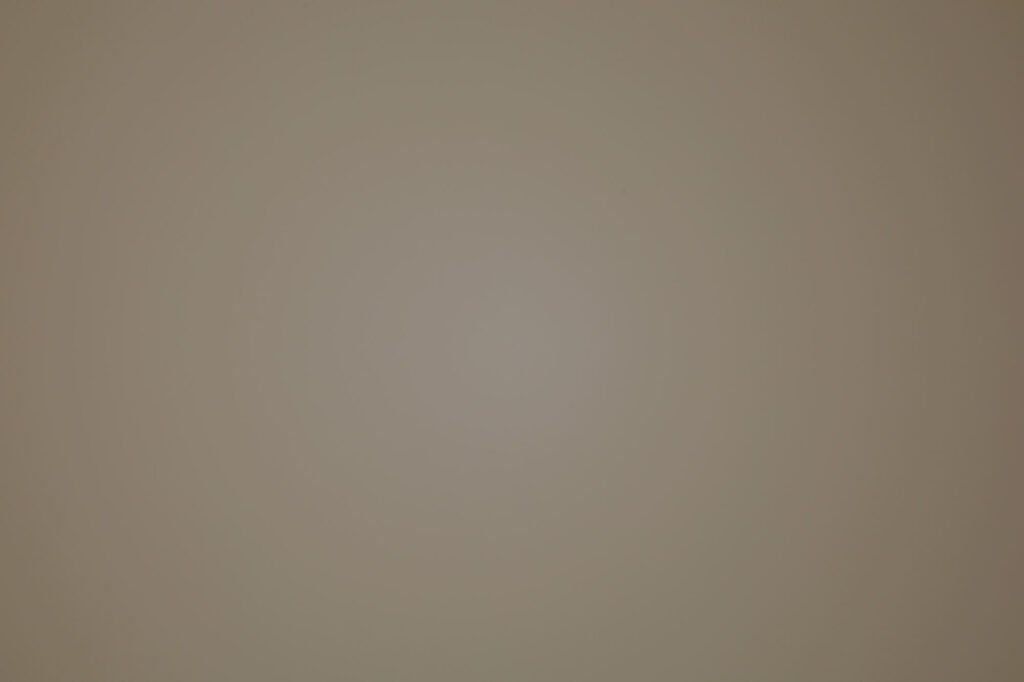
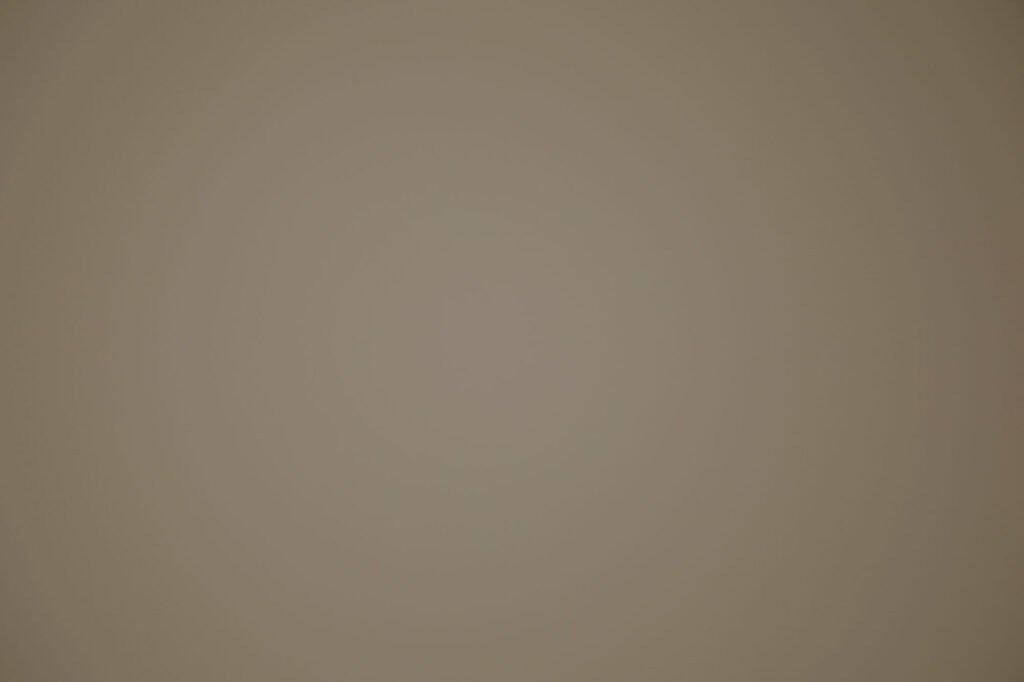
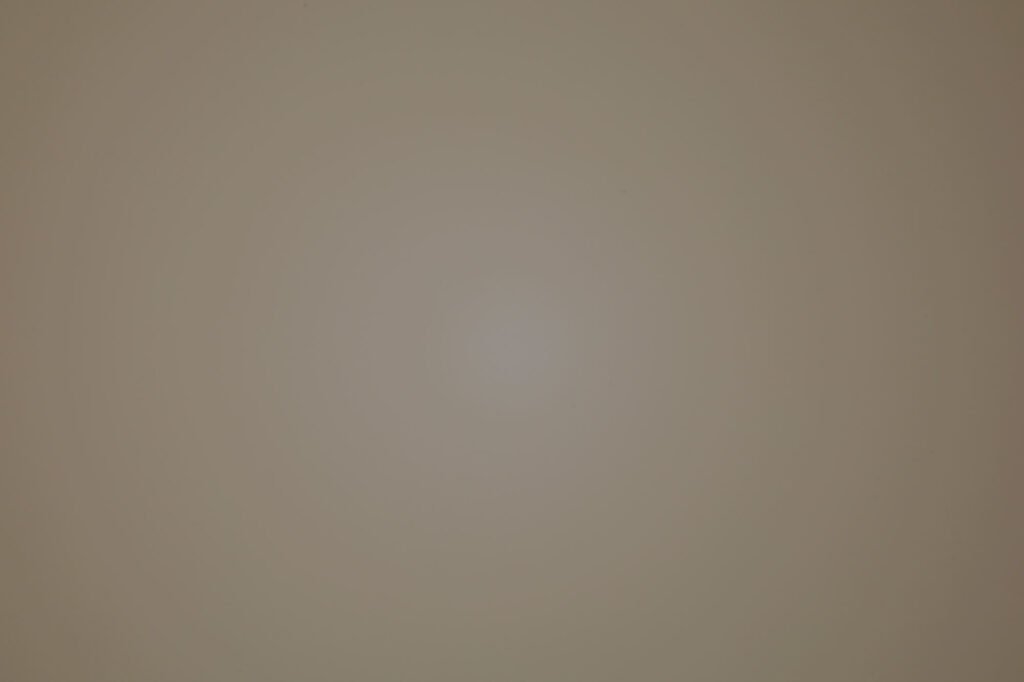



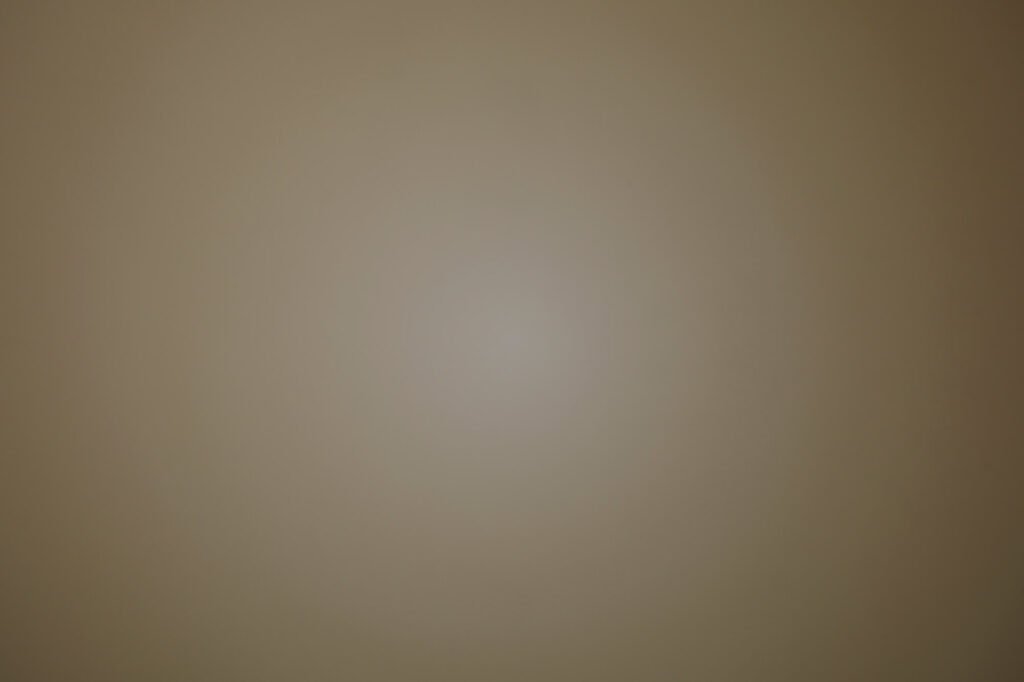
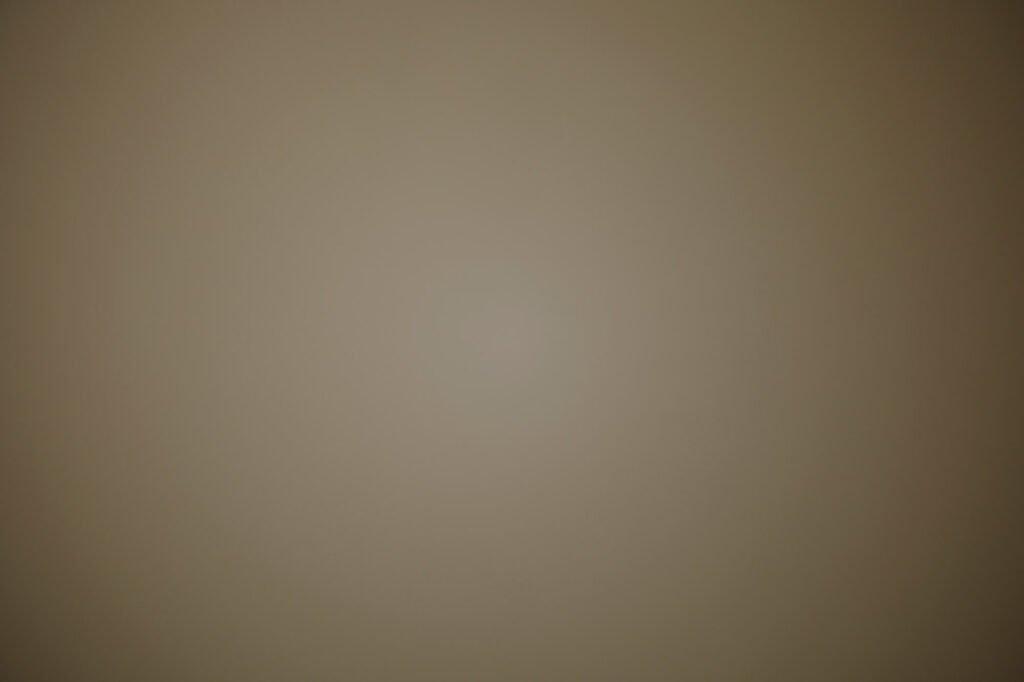
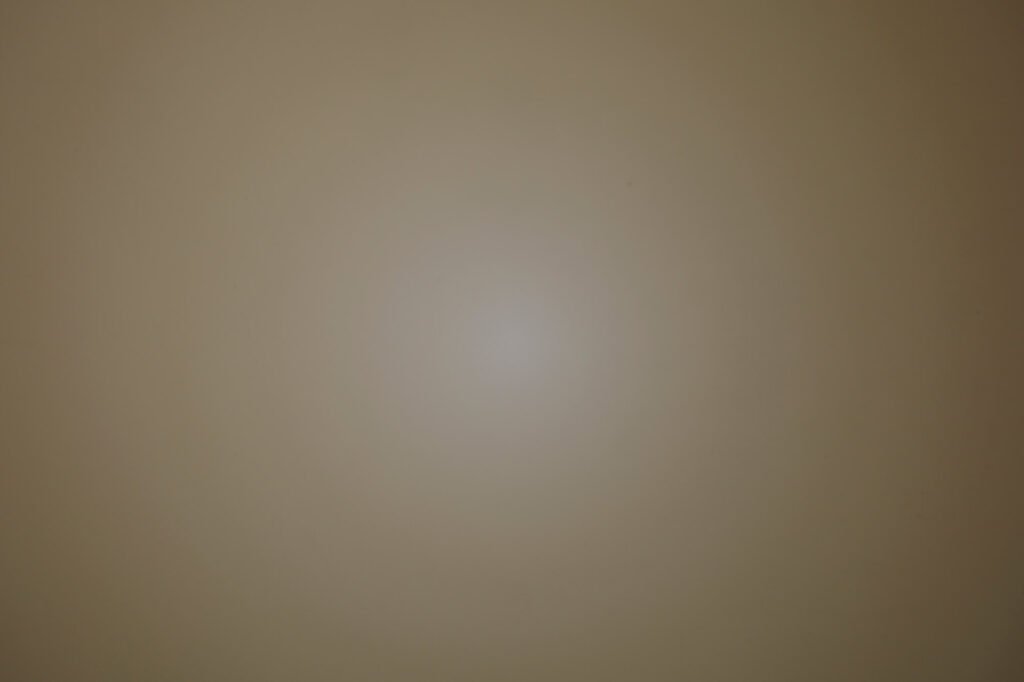



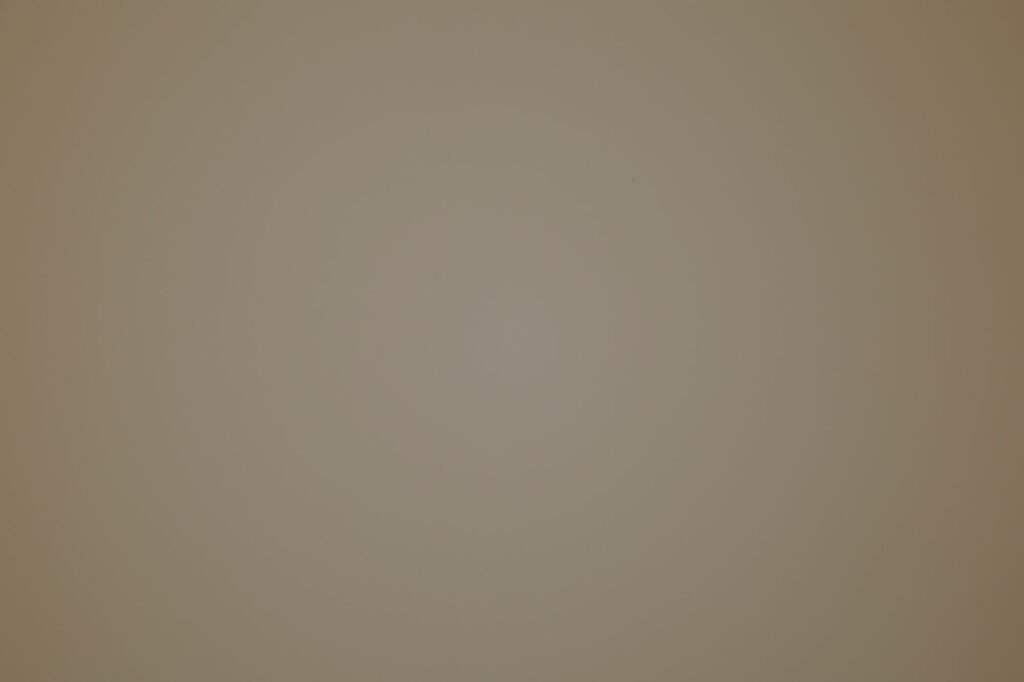
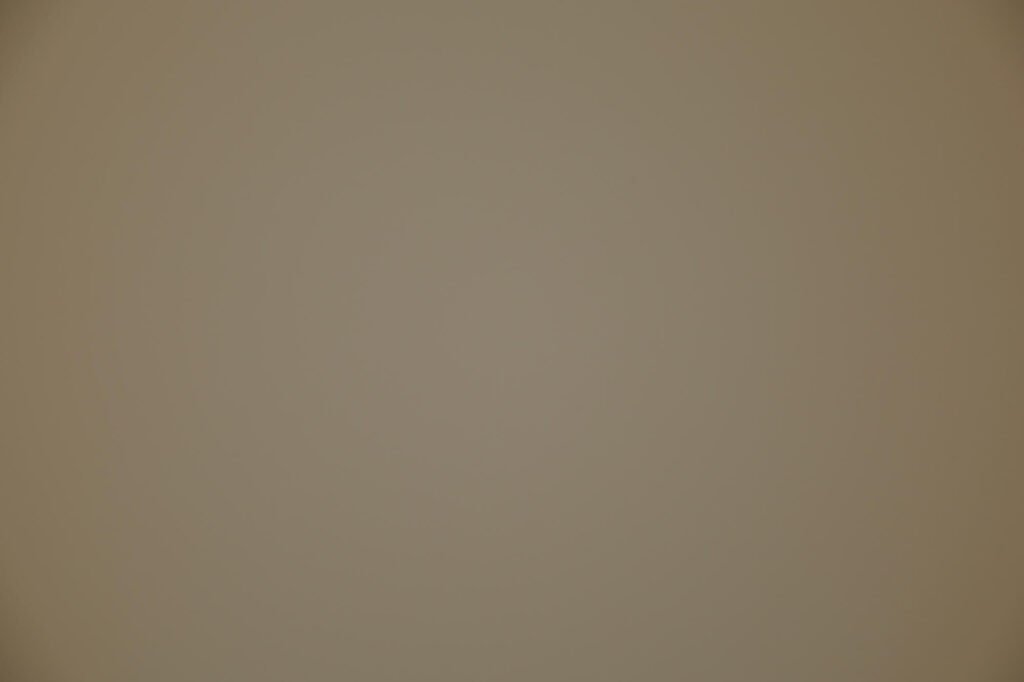


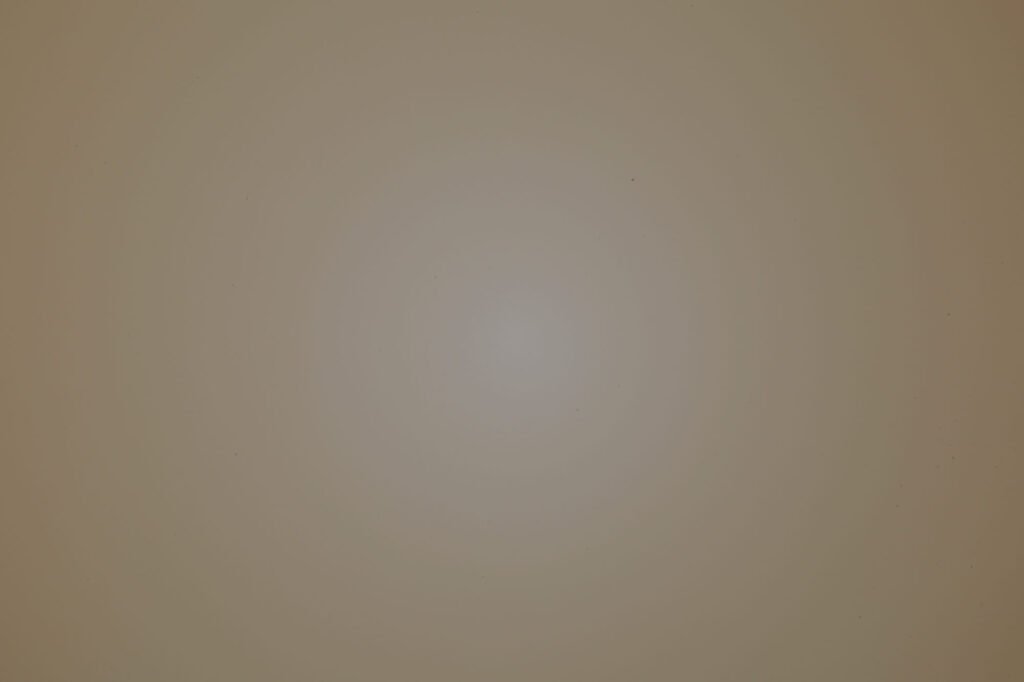
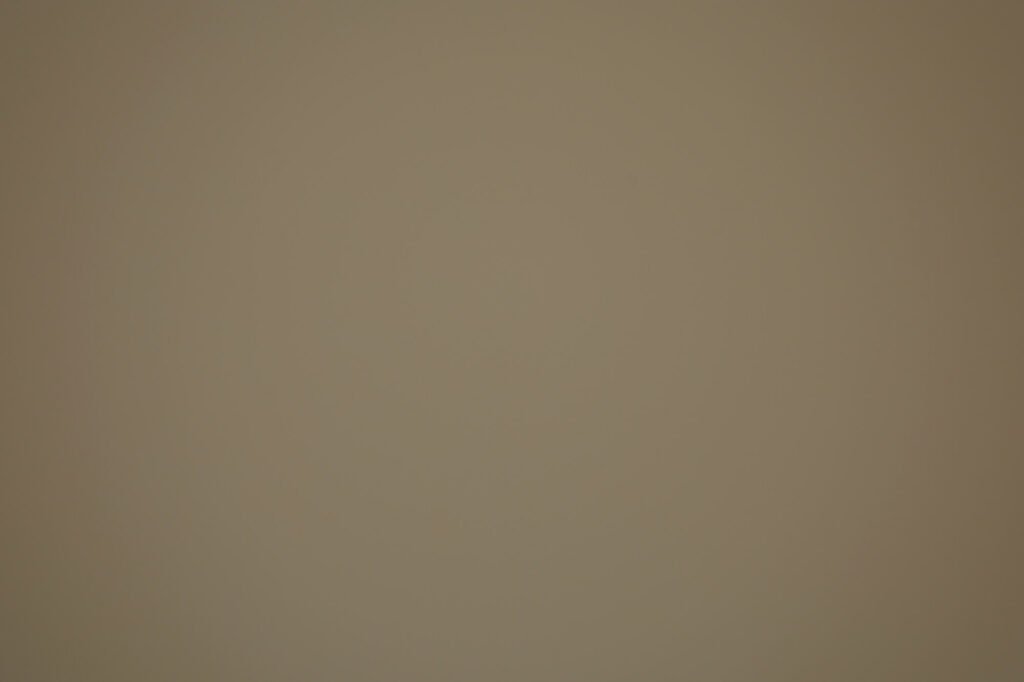

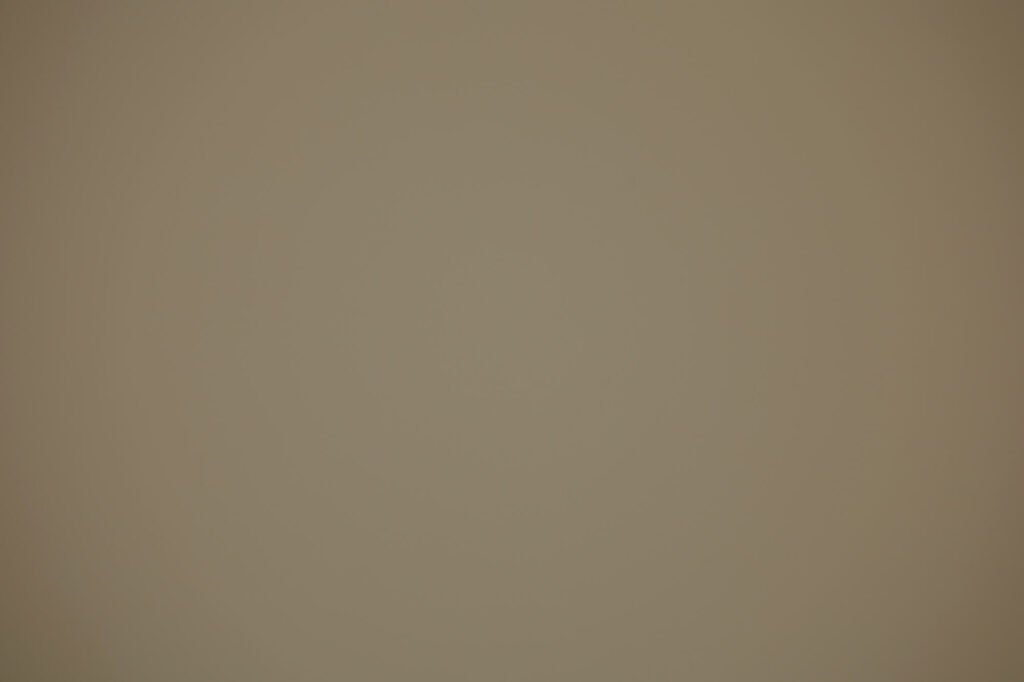
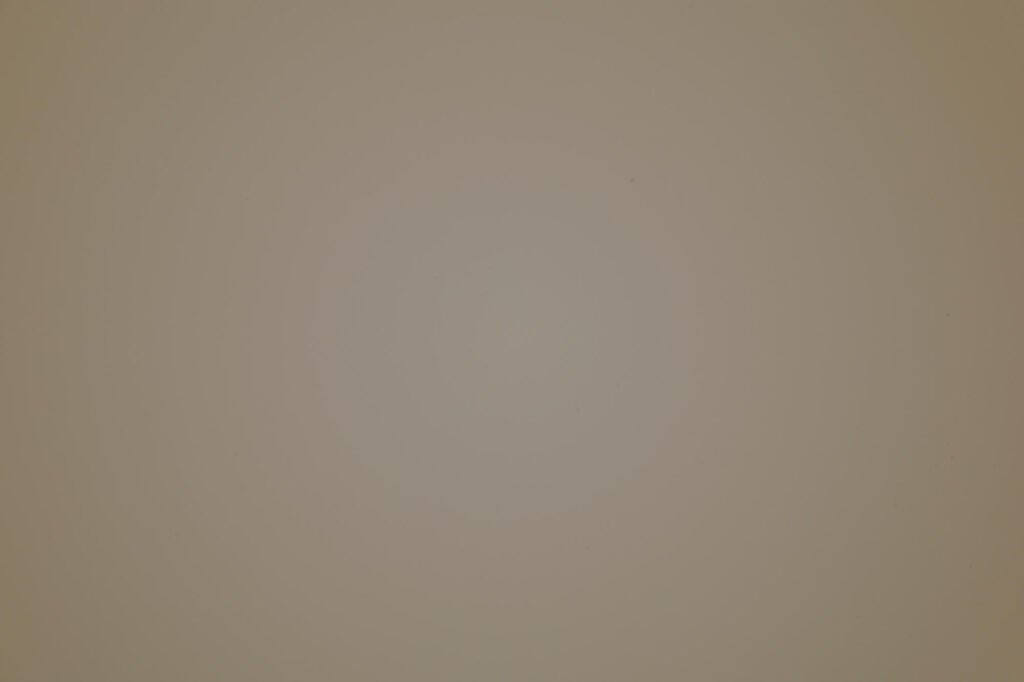
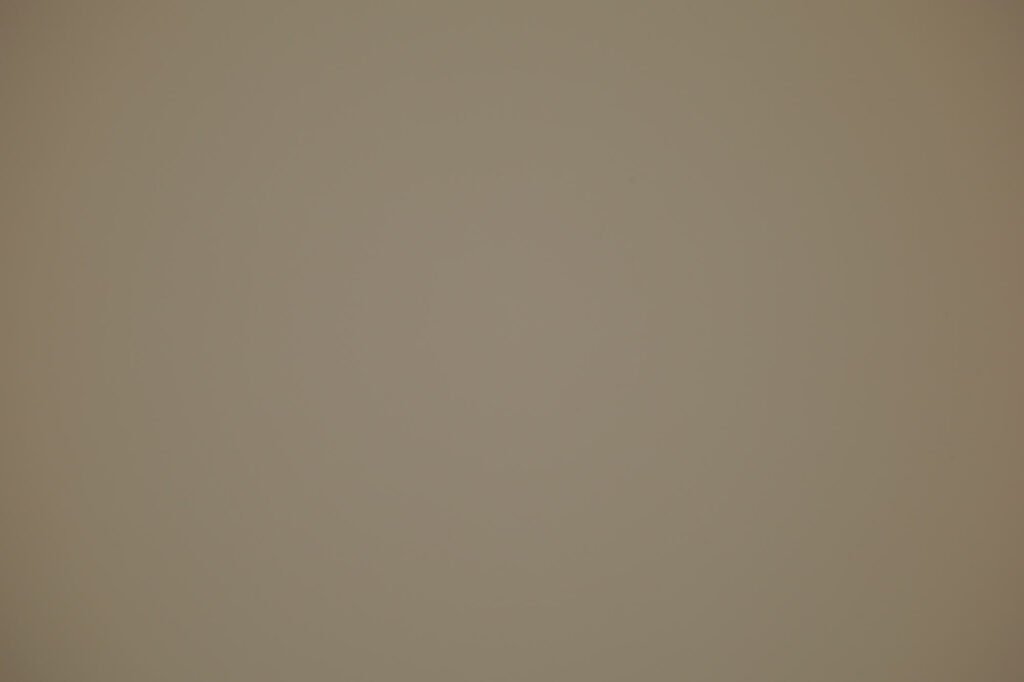
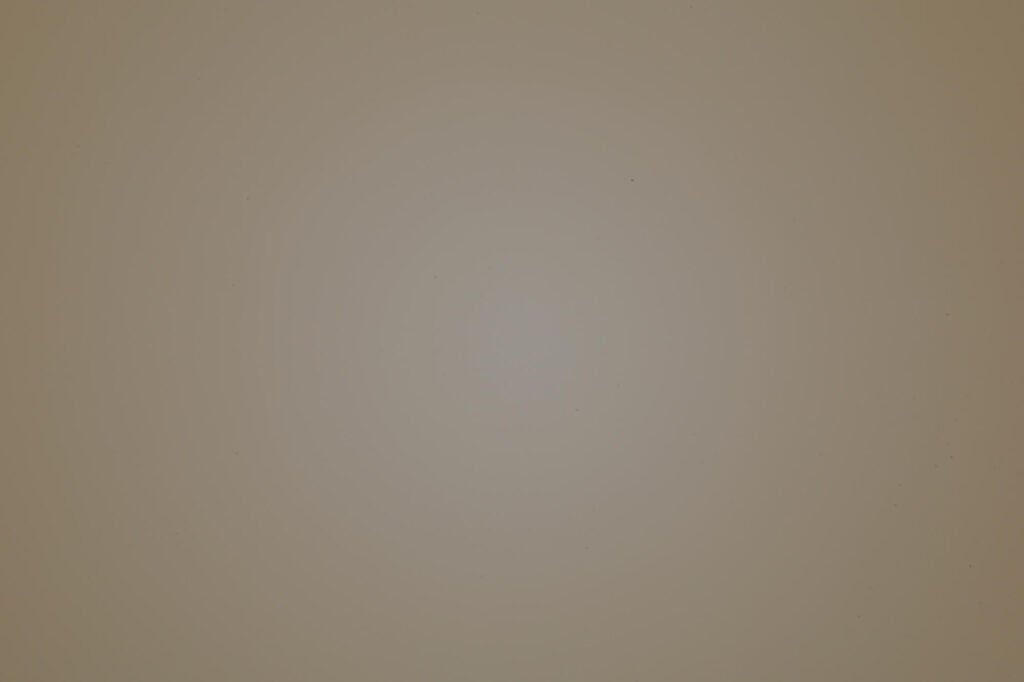
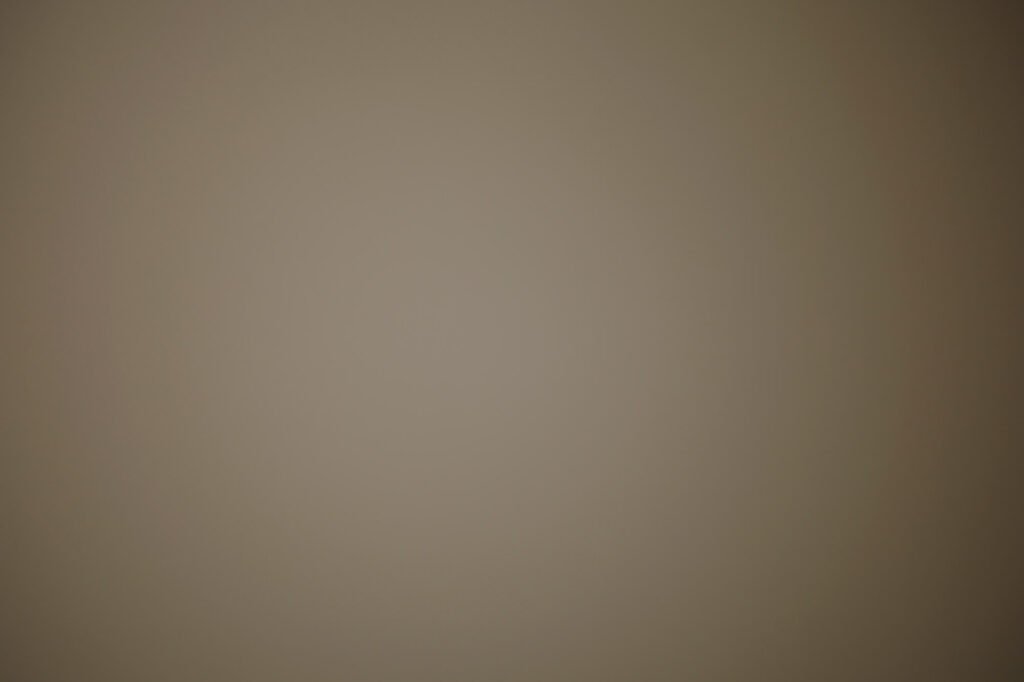
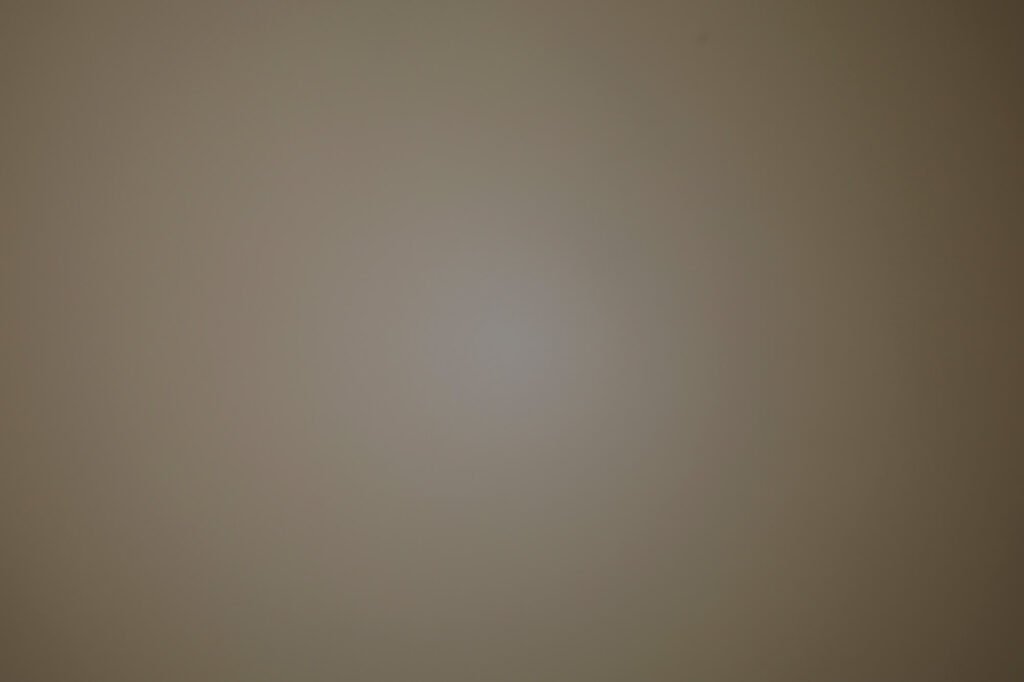

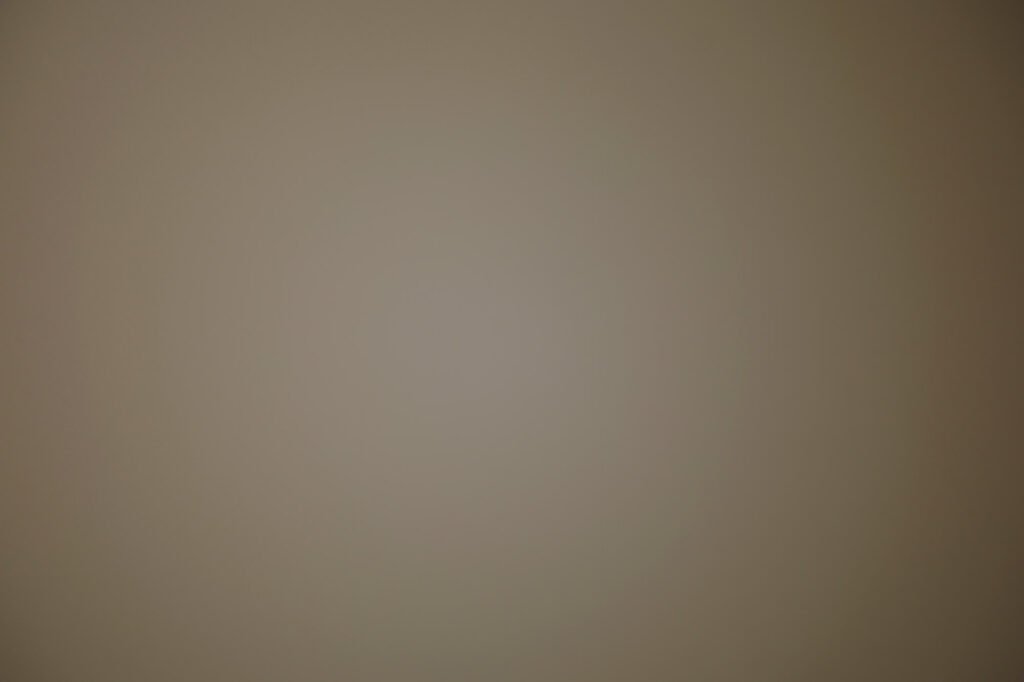
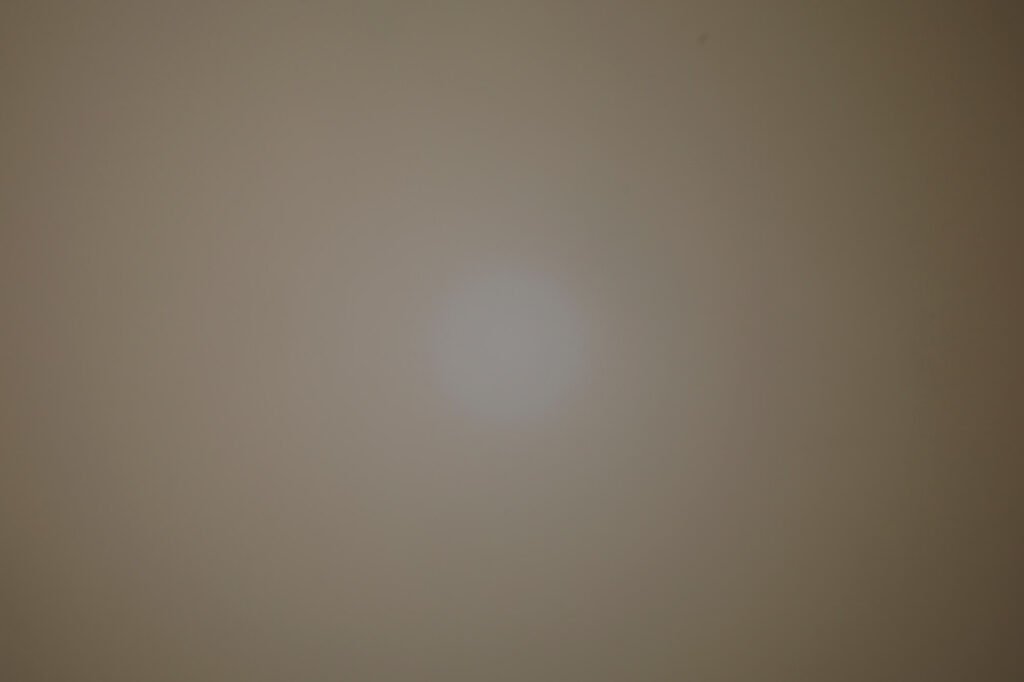
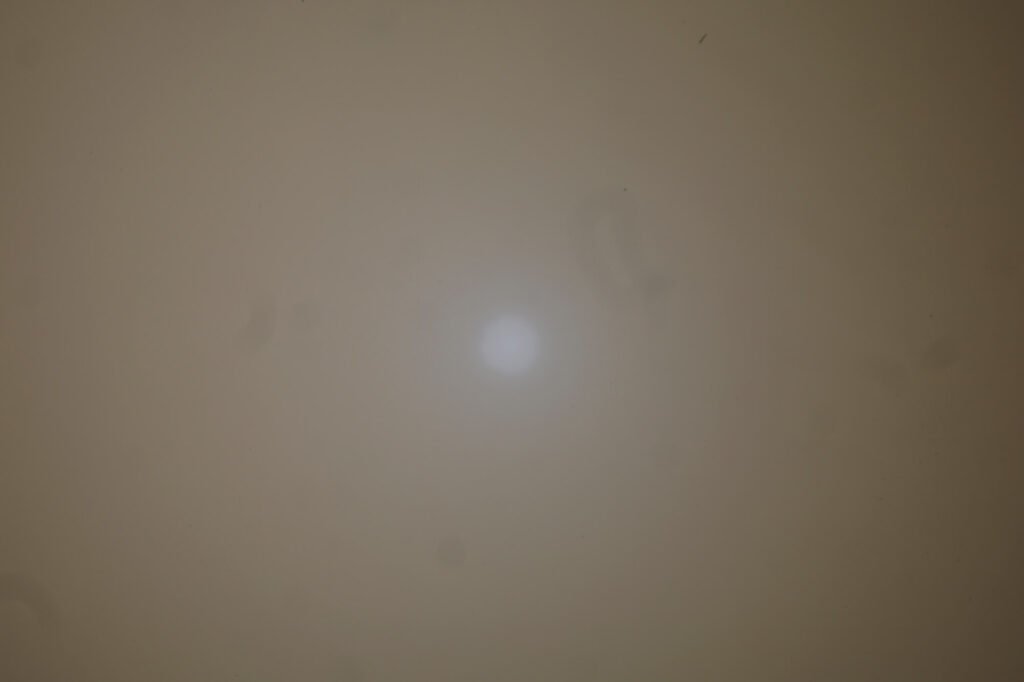

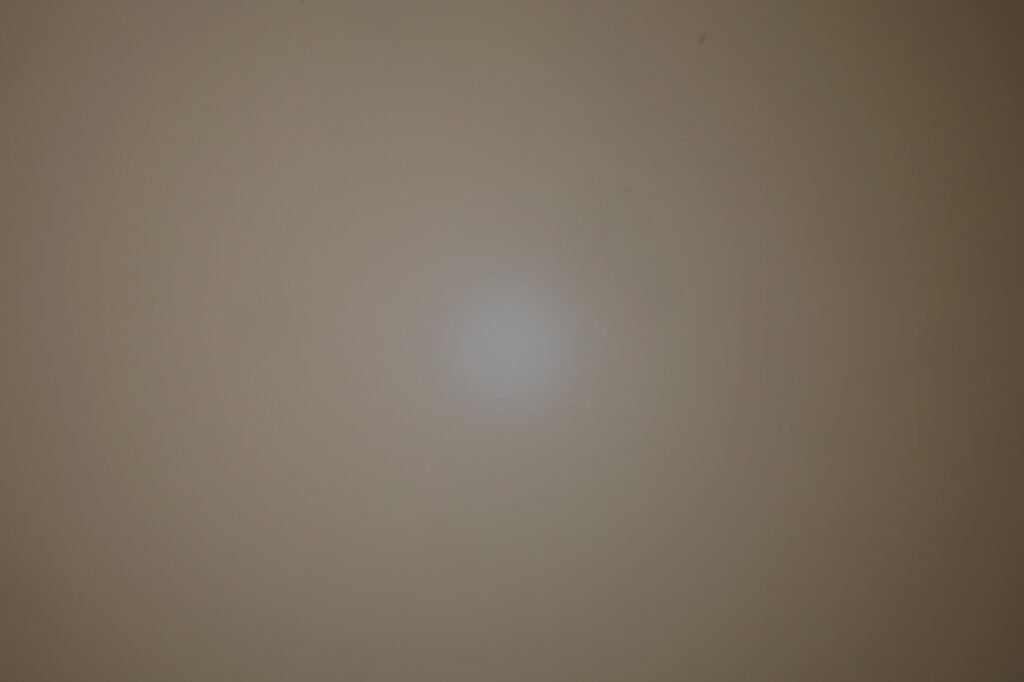

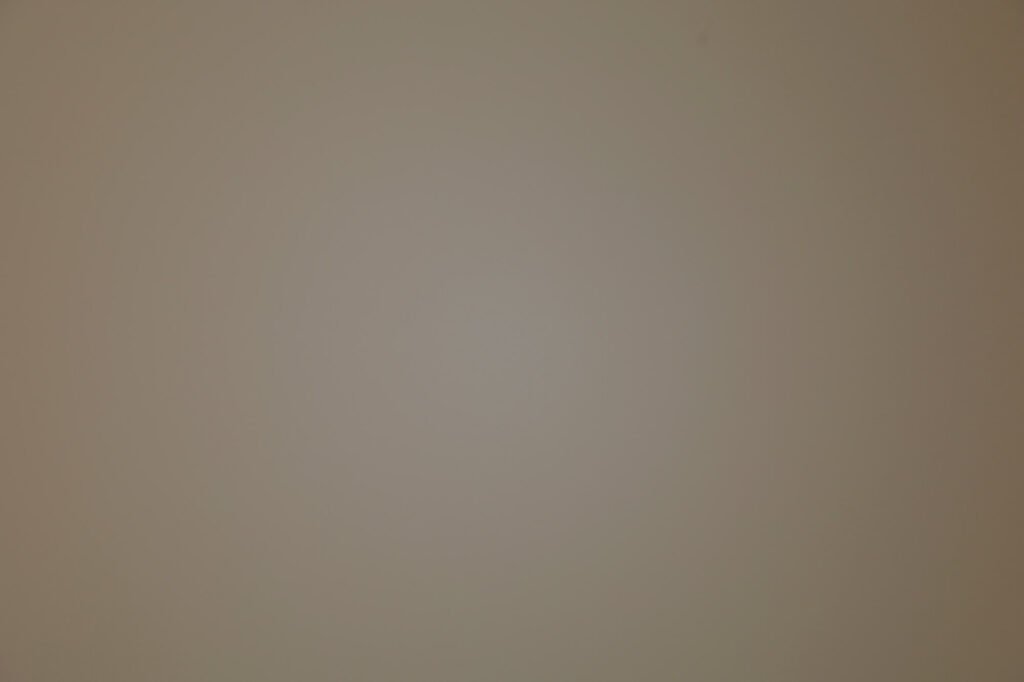
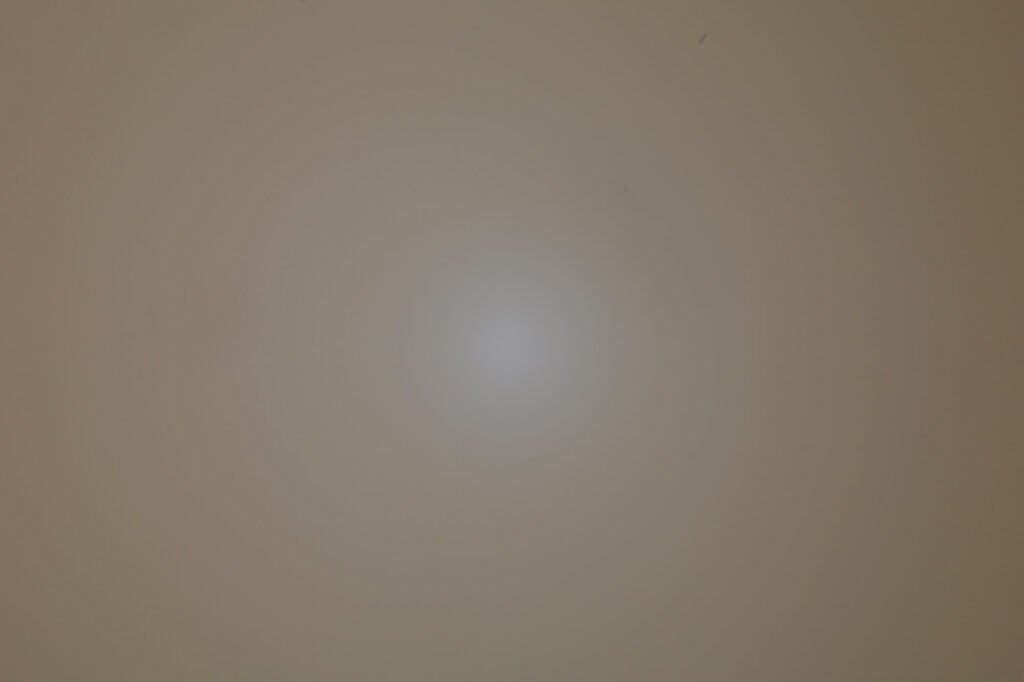

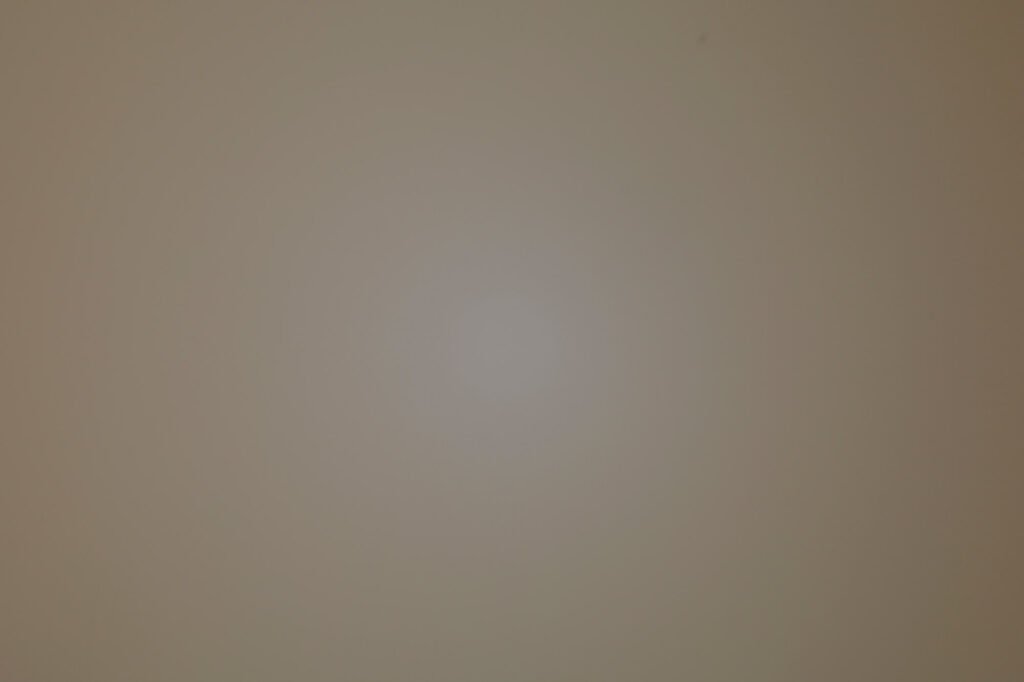
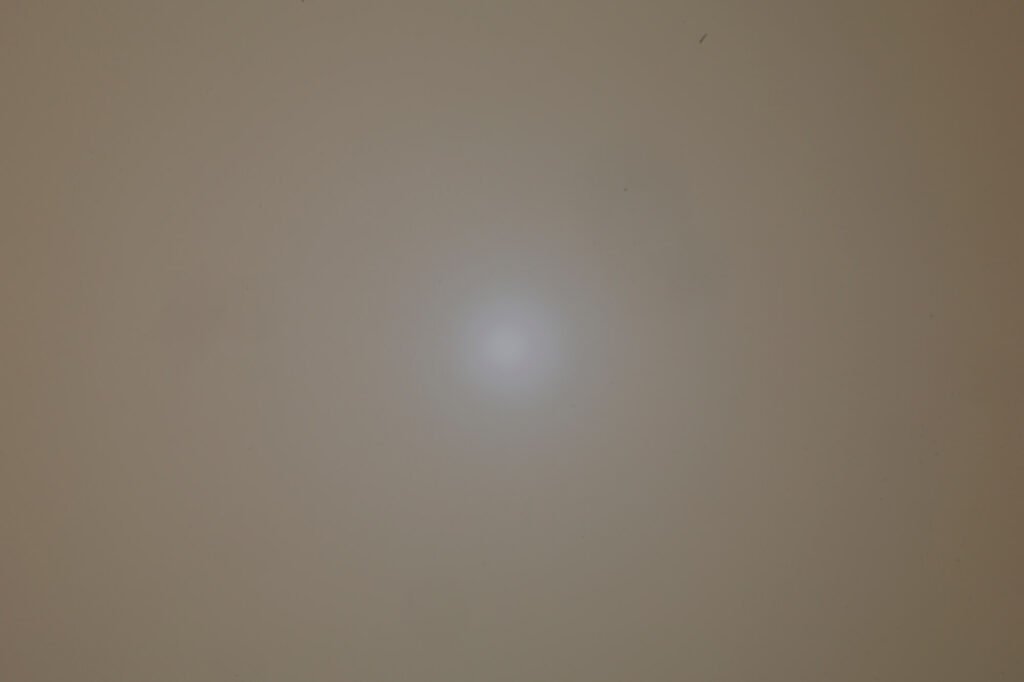
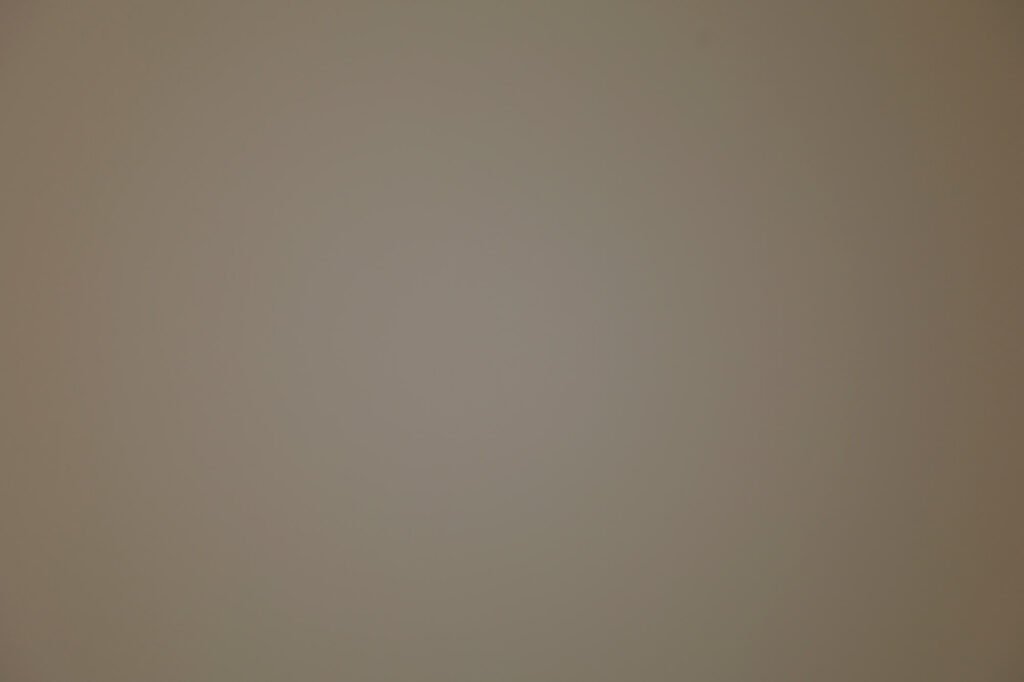
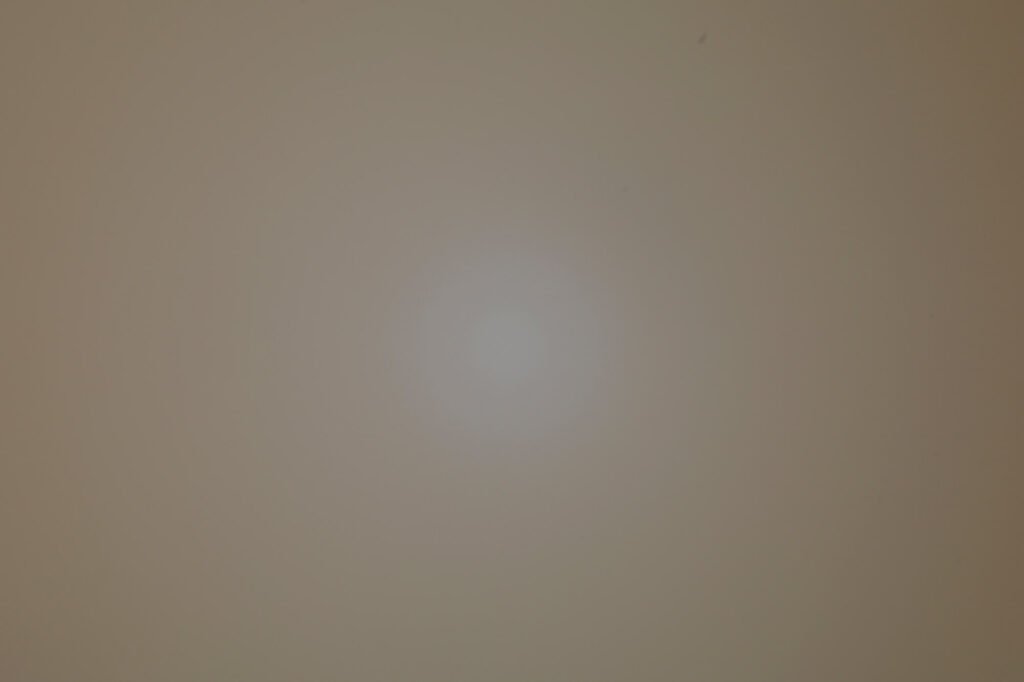

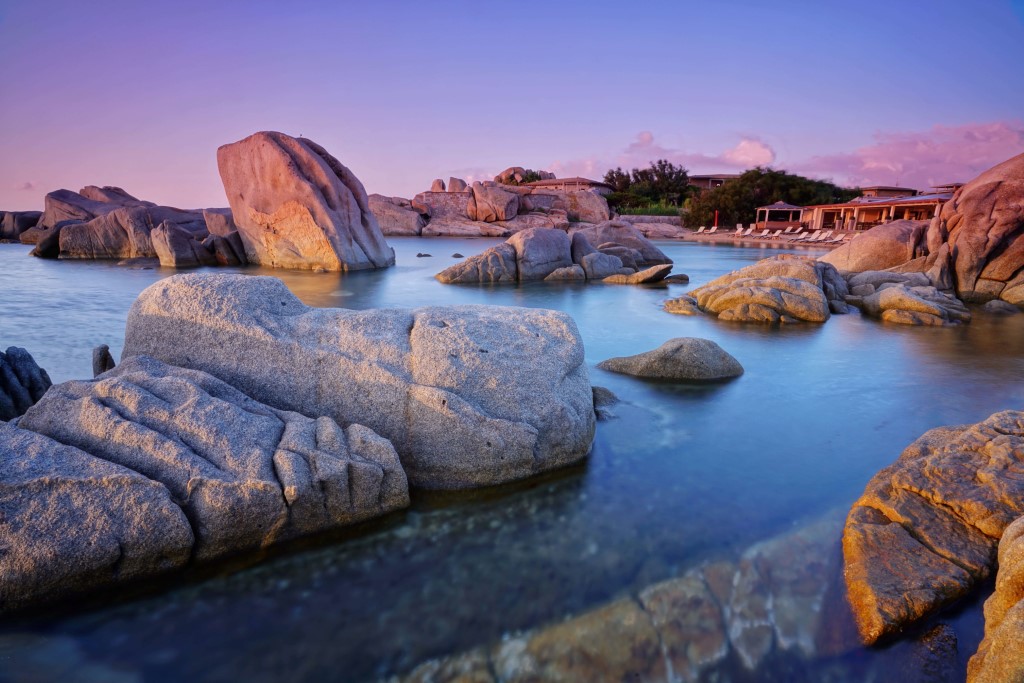

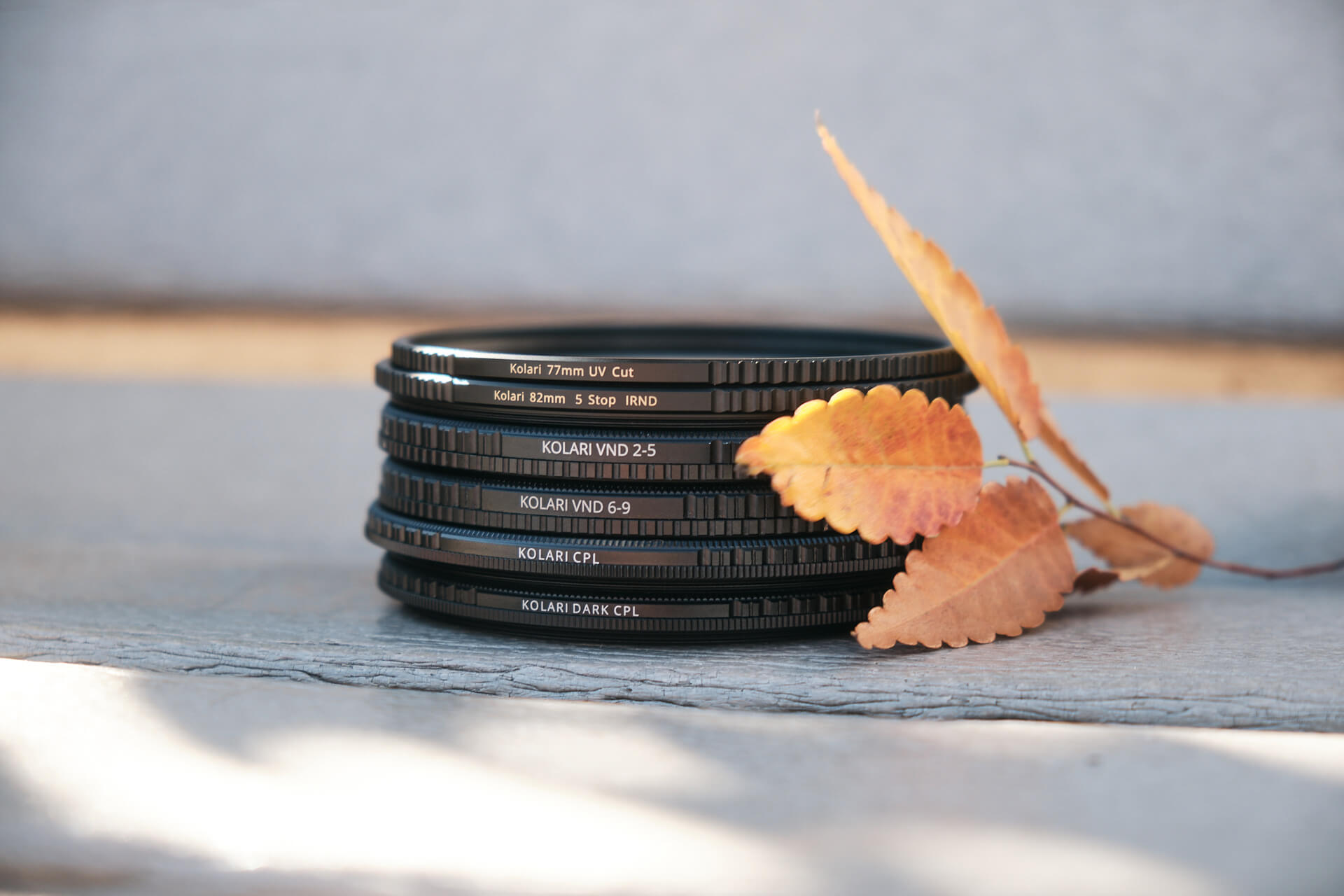





3 Responses
and when an identical lens nikon Z test ?
Would love to see an update on the new RF-S line-up. I would also suggest making the hotspot database somewhat editable for the community so that people having the lenses could contribute.
Is the issue with RF mitigated with short exposure times? I usually shoot with RF 24-105mm lens but I plan to shoot landscape in full light with exposures less than 1 sec and f/8. Will this result in light leak or am I good? I have an EF lens but I like to keep my weight down expecially if I’m hiking and want to get both color and B&W. I plan on doing the 850nm conversion. My Canon RP is in the mail and I plan on sending it to Kolarivision for the IR conversion as soon as I get my camera.